Citrus: [Cultivation, Fertilizer, Care, Irrigation, Pests and Diseases]
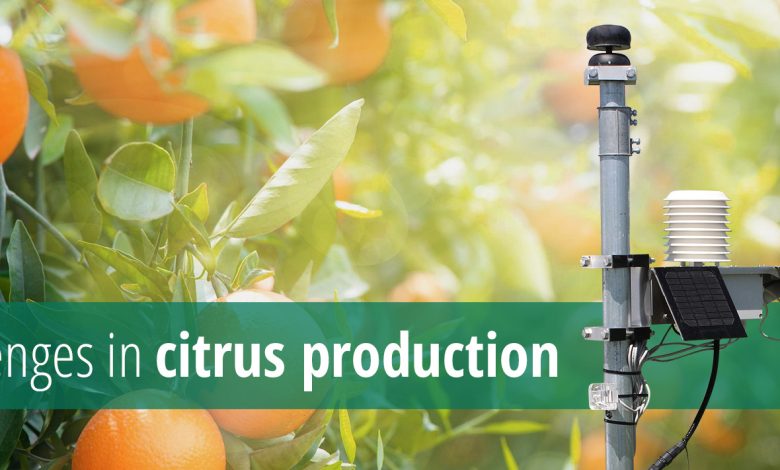
Citrus trees represent one of the largest families within the fruit trees. Citrus fruits are related to each other by presenting a high level of vitamin C in their structure, in addition to citric acid.
They are very popular in home gardens because they are easy to grow and their harvest tends to be large.
Knowing this, we have made an article in which we talk about the most important points that you must take into account if you have a citrus fruit. Can you come with us?
What is a citrus type tree?
A citrus-type tree is one that provides a variable amount of fruit with an acid flavor and a high level of vitamin C.
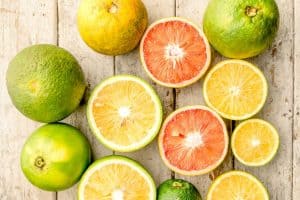 Currently there are many species that have been obtained through various grafting procedures, even changing the characteristics of the fruits.
Currently there are many species that have been obtained through various grafting procedures, even changing the characteristics of the fruits.
All this has meant that today they are one of the largest families of fruit trees in the world, also fulfilling ornamental functions.
Thanks to advances in medicine, moreover, many of these fruits have an important role in the development of medicines.
What are the most famous citrus fruits?
The most famous citrus fruits are orange, lemon, lime, mandarin and grapefruit.
Each of them has its particular characteristics that we will see below:
the orange tree
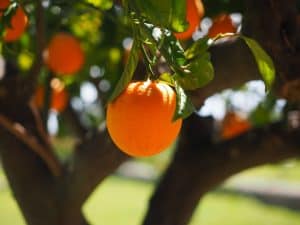 The orange tree is a bush that gives rise to a fruit known as an orange, which has a hard shell and a juicy center. It also produces flowers that are highly aromatic.
The orange tree is a bush that gives rise to a fruit known as an orange, which has a hard shell and a juicy center. It also produces flowers that are highly aromatic.
- The planting and care of the orange tree.
- The fertilizer of the orange tree.
- The pruning of the orange tree.
the lemon tree
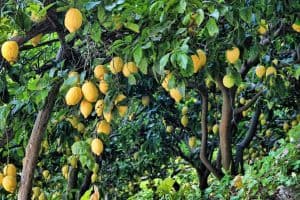 The lemon tree is a tree that is not very tall, with a rounded crown and is usually leafy when it grows sufficiently. It offers a fruit known as lemon that has a juicy center and a high level of acidity.
The lemon tree is a tree that is not very tall, with a rounded crown and is usually leafy when it grows sufficiently. It offers a fruit known as lemon that has a juicy center and a high level of acidity.
Lime
 The lime is a species very similar to the lemon that the lemon tree generates, but its fruits tend to be a little larger and yellow in color.
The lime is a species very similar to the lemon that the lemon tree generates, but its fruits tend to be a little larger and yellow in color.
They are known as limes.
The Tangerine
 The mandarin is a tree of medium height, with green leaves and that produces a fruit known as tangerine. The tangerine is one of the most consumed citrus fruits and comes in the form of segments full of juice.
The mandarin is a tree of medium height, with green leaves and that produces a fruit known as tangerine. The tangerine is one of the most consumed citrus fruits and comes in the form of segments full of juice.
The Grapefruit
Grapefruit is a tree whose citrus fruit is known as pomelo or grapefruit. The center is juicy and quite acidic and reddish in color. It is not one of the most consumed fruits in this class.
Other citrus fruits that we can find are:
- Pink grapefruit.
- Citron.
- bromeliads
What care does a citrus have?
Temperature
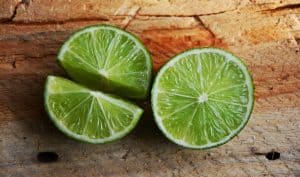 Citrus trees come from tropical and subtropical climates, so they need plenty of sunlight to thrive.
Citrus trees come from tropical and subtropical climates, so they need plenty of sunlight to thrive.
With the grafts, it has been possible to adapt their conditions to some extent so that they are able to withstand cold temperatures. However, the achievements obtained work relatively well, because they are still very delicate in the presence of frost.
The soil and the substrate
The soils chosen for planting must have good levels of nutrients, but the most important thing is that they have good drainage.
Irrigation
 As they need a certain amount of watering, waterlogging is not good for health, since many diseases are produced from stagnant water. In our case we have seen an orange tree die from one week to the next due to excess water (a pipe broke…). So be careful.
As they need a certain amount of watering, waterlogging is not good for health, since many diseases are produced from stagnant water. In our case we have seen an orange tree die from one week to the next due to excess water (a pipe broke…). So be careful.
It is important that in spring and summer they receive a good amount, by drip, to keep them hydrated. What has given us the best result (greater fruit production and maintenance) has been drip irrigation.
However, there are other ways to water citrus, such as blanket irrigation or also making ridges around them and filling them with water.
the subscriber
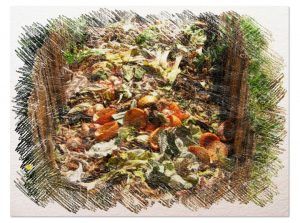 The subscriber time will go in two different stages: one in spring and another in summer.
The subscriber time will go in two different stages: one in spring and another in summer.
It is important to note that citrus fruits consume a lot of energy when producing fruit, so they need external support.
In general, with a good homemade compost it will be more than enough to cover the needs of the roots and the soil.
Fertilization using the foliar method is also useful, when the plant is at production capacity.
Pests and diseases that affect citrus
We have written a complete article on the pests and diseases that affect citrus fruits, we recommend that if you want to delve into this topic, take a look at it.
citrus pruning
When to prune them?
 Citrus pruning should be done when there is no harvest, so it will be late summer and early fall.
Citrus pruning should be done when there is no harvest, so it will be late summer and early fall.
Why is citrus pruning important?
The purpose of pruning is to help it perform better in different situations. For example, when there are areas of the plant in poor condition.
Pruning is also often used to ensure that the plant ‘s nutrients are concentrated in the most productive areas.
What tools do I need?
Important to get hold of a pruning shears. You will need larger or smaller ones depending on how big your citrus is.
We also recommend gloves because some species of citrus (some lemon and/or orange trees) have spikes on their branches.
How to prune them?
- Try to prune the internal branches, in this way you will favor the correct aeration inside the tree.
- In the first years of life, this pruning will help to give the plant the correct shape and that it can be better managed around its internal processes.
- Another important detail regarding the correct pruning is that it will help light and air to better enter the center of the plant, which will give it vitality.
- Ultimately, pruning will be useful to assess the general condition of the plant and warn if there is the presence of any pest or disease that is damaging it.
The citrus transplant
When to do a citrus transplant?
Citrus transplants should always be done during spring, which is when temperatures are most favorable for this type of tree.
How do we prepare the soil for transplanting?
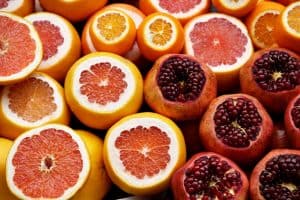 The plants must have a deep hole and this must be well nourished. We must leave enough distance between one tree and another so that they are sufficiently ventilated.
The plants must have a deep hole and this must be well nourished. We must leave enough distance between one tree and another so that they are sufficiently ventilated.
In general, the seeds take about 10 days to germinate and a potted plant can be moved into the ground about three months later.
This time will be more than enough to allow them to gain strength and develop optimally outdoors.
What diseases and pests attack citrus?
Citrus fruits are very prone to diseases and pests, even the latter being the ones that could cause the former.
citrus diseases
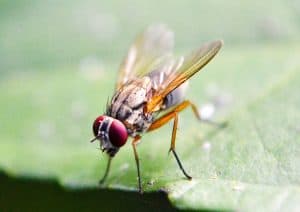 Within the diseases we can find some such as:
Within the diseases we can find some such as:
gummosis
Gummosis is a rubber coating that is generated on the plant from the base of the trunk and prevents the sap from flowing through all parts normally.
The sadness of citrus
Citrus sadness is a near-fatal disease that is caused by citrus that has been grafted with sour orange.
gray fruit mold
It is a disease that causes damage to the citrus fruit structure in the form of mold. It most commonly occurs after harvesting the crops.
The pests
In the case of pests we have:
the fruit fly
The fruit fly is, as its name indicates, an insect that attacks some species of citrus by laying eggs on the fruit. The eggs, when hatching, produce larvae that consume the fruit, rotting it.
Minelayer
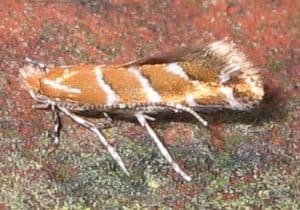 The leafminer is an insect that has a preference for citrus, creating damage to the leaves through the opening of holes of different sizes.
The leafminer is an insect that has a preference for citrus, creating damage to the leaves through the opening of holes of different sizes.
Lapilla
Lapilla appears as a version of cochineal that adheres to all areas of the plant, affecting its development and, in the case of fruits, its good presence for distribution.
What fertilizer do citrus trees usually need?
The fertilizer that citrus trees need varies depending on their age and their particular requirements.
This is due to the fact that all lands are not the same and, therefore, the deficiencies between two identical species will occur depending on the area where they are.
The calcium
Calcium is one of the main elements that the fertilizer must contain because it is what will help it grow more and better.
How to identify that calcium is lacking: When there is a deficiency, especially in the case of young plants, they slow down their growth and decrease vigor.
Trick:
You can crush egg shells, along with coffee and banana waste. All together it will be an incredible fertilizer for citrus, which will provide everything it needs.
manganese
Another component that they usually need to incorporate into the fertilizer is manganese and this has to do with production capacity.
How to identify that manganese is missing: When there is a deficit around manganese, it is likely that the production capacity will be reduced and the fruits will end up being smaller.
To counteract all this, it is best to use foliar fertilization through irrigation.
This is possible to achieve thanks to the use of products in a liquid version that are added to the irrigation water and sprayed over the entire plant.
What benefits do citrus fruits have?
The benefits of eating citrus fruits have been explored for many years, and at this time, they can be summed up quite easily:
- They are a primary source of vitamin C, in addition to some other vitamins that will be linked to the specific type of fruit in question. They also contain some minerals.
- They are very useful for taking care of the skin and allowing the organs to function better due to the moisturizing level obtained from their juicy pulp.
- They are an excellent ally to activate the immune system and also act positively at the digestive level.
- They help weight loss and generate satiety when consumed as snacks between meals, avoiding episodes of anxiety.
- They activate a purifying process in the body, cleaning the organs and lowering the levels of uric acid and cholesterol.


![Photo of The [12 Steps] You Must Follow to Grow Watermelons Successfully](https://www.complete-gardening.com/wp-content/uploads/2022/08/the-12-steps-you-must-follow-to-grow-watermelons-successfully-390x220.jpg)


![Photo of Lavender Pests and Diseases: [Detection, Causes and Solutions]](https://www.complete-gardening.com/wp-content/uploads/2022/08/lavender-pests-and-diseases-detection-causes-and-solutions-390x220.jpg)